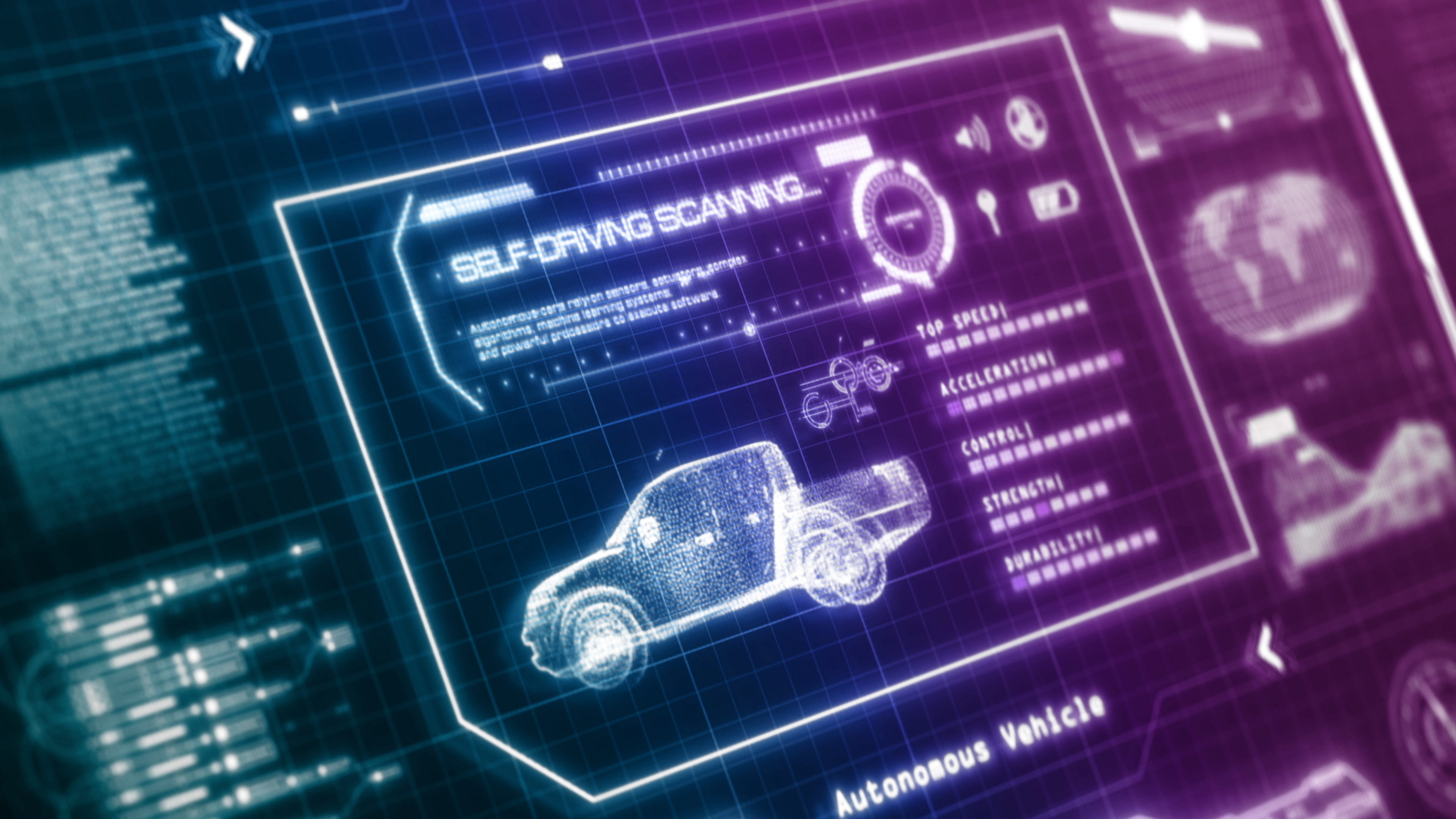Software is powering the top five trends in automotive tech in 2022. Gartner predicts that 70% of vehicles sold by 2028 will use the Android automotive operating system, up from less than 1% today.
While a lot of the excitement builds around the new content and home streaming services that connected software will bring, OEMs are also exploring the possibilities presented by over-the-air (OTA) updates.
The revolution is software-driven
With over 100 million lines of code in the average connected vehicle, the prospect of being able to deliver updates – and improvements – remotely, from the cloud, is revolutionising everything from development cycles to business models and customer relationships.
As Cubic Telecom CEO Barry Napier often observes, software means that the days when the relationship between OEM and customer effectively ended at the dealership are coming to an end. “People will want customised features over the lifecycle of a vehicle, they’ll buy a car and wish it had some premium feature. Software-defined vehicle development and connectivity make that possible – and allow automakers to get their innovations out there faster than ever before.”
From updateable experience to long term relationship
It’s not just about premium features and services: as OTA updates become routine for manufacturers, the idea that a vehicle is the best it can ever be on the day of purchase is also set to change – and with it, the traditional customer lifecycle. OTA updates can transform the customer-OEM relationship, making it a lot more direct. And that direct relationship can extend far beyond the first owner of a vehicle. In a world where more sustainable vehicles will spend a lot longer in circulation, that’s a genuinely transformative development.
As James Towle of Jaguar Land Rover (JLR) told the recent Financial Times Future of the Car conference, OTA is moving away from solely being about “fixing problems”, into an opportunity for OEMs to have direct interaction with customers on an ongoing basis, while providing updateable experiences. “Rather than talking exclusively about subscriptions and driving revenue, we can actually provide a product and a service that can be direct to our customer base and improve that experience over time.
Performance-as-a-Service: the criticality of connectivity
As vehicles pivot towards becoming updateable devices, manufacturers like Volkswagen are building on the power of swarm data – using fleet data from other vehicles to upgrade vehicles over time. As former VW chief Herbert Diess describes it, the ability to continuously modify, along with the need to interact with customers on software upgrades, is a huge step change for OEMs. Stellantis CSO Yves Bonnefont told the Future of the Car delegates that his company performed 7 million OTA updates in 2021, expecting that to increase to more than 100 million in 2026. “What we want to do is continuously upgrade those vehicles,” he said.
For this to really work, network reliability is critical – and will underpin both the internal and external car experience. As JLR’s James Towle has put it, “These kinds of capabilities will allow auto manufacturers to do things they never imagined…especially in an EV environment, because that vehicle will be on the road a million miles and need to be constantly on, updated and connected to incredibly reliable connectivity, to continually get better than the day they came off the production line. Connectivity is the underpinning of the future of the car.”
Partnering for success
In this environment, it’s no surprise that mainstream tech companies are entering the market. The challenge for OEMs is how they can leverage their historic expertise, existing brand and customer loyalty and technology to retain ownership of the customer experience. As we’ve seen, OEMs are integrating software companies or partnering – as Diess has said, “You can’t acquire all this knowledge.” Stellantis’ Bonnefont has pointed to “decisive partnerships” with companies like Amazon and Foxconn as a key part of that company’s strategy to “accelerate as we grow our own skills.”
The theme of partnership was strong at this year’s Mobile World Congress too, indicating an ongoing recognition that the way we solve challenges from sustainability to autonomy, infotainment and connectivity is through developing an ecosystem. There’s a cultural and mindset shift underway, with exciting implications for how we evolve products and technologies.
Connected software driving performance
Cubic Telecom’s connected software and analytics solutions give automakers, agritech and transport innovators the tools they need to transform the future. We partner with some of the world’s leading brands to help them deliver on their vision for a software-defined future. To learn more about why Audi chose Cubic Telecom as its strategic partner for intelligent insights, check out our case study.

